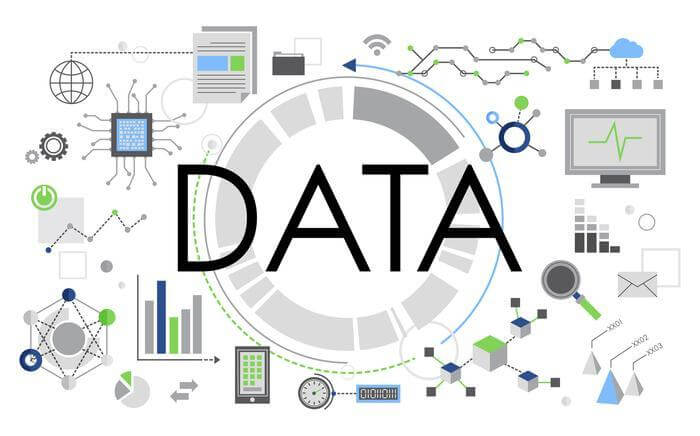Machine Learning Methods for Data-Driven Turbulence Modeling
In the fascinating realm of fluid dynamics, turbulence represents a highly intricate phenomenon characterized by unpredictable and chaotic flows. Accurately understanding and modeling turbulence holds significant importance across diverse fields, including aviation, weather prediction, energy production, and environmental studies. Traditional turbulence models heavily rely on mathematical equations that attempt to approximate the complex behavior of turbulent flows. Nevertheless, these models often encounter difficulties in fully capturing the intricate dynamics of turbulence. However, in recent times, the emergence of machine learning has presented a promising avenue for data-driven turbulence modeling. This innovative approach unlocks new perspectives, providing valuable insights and enhanced predictions. In the forthcoming discussion, we embark on an exploration of machine learning methods tailored for data-driven turbulence modeling, elucidating their underlying principles, benefits, and practical applications. The Advantage of Data-Driven Turbulence ModelingMachine learning approaches revolutionize turbulence modeling by leveraging the power of large datasets and advanced algorithms. Unlike conventional models that rely on predefined mathematical equations, data-driven turbulence modeling explores the inherent patterns and relationships within the available data. By analyzing vast amounts of experimental or simulation data, machine learning algorithms can extract hidden insights and learn the underlying dynamics of turbulence. This data-driven approach opens up new possibilities for accurate and efficient turbulence modeling. Types of Machine Learning Methods for Turbulence Modeling:
Real-World ApplicationsData-driven turbulence modeling using machine learning methods has found applications in various domains. Some notable examples include:
Limitations and ChallengesWhile data-driven turbulence modeling offers significant advantages, it is essential to acknowledge some potential limitations and challenges associated with its implementation. These include:
ConclusionMachine learning methods have revolutionized the field of turbulence modeling, offering a data-driven approach that complements traditional models. By harnessing the power of large datasets and advanced algorithms, these methods provide accurate predictions and deeper insights into the complex nature of turbulence. From aviation to environmental studies and energy production, the applications of data-driven turbulence modeling are far-reaching. As machine learning continues to advance, we can expect further breakthroughs in our understanding and control of turbulence, leading to safer and more efficient technologies across various industries. |
 For Videos Join Our Youtube Channel: Join Now
For Videos Join Our Youtube Channel: Join Now
Feedback
- Send your Feedback to [email protected]
Help Others, Please Share










